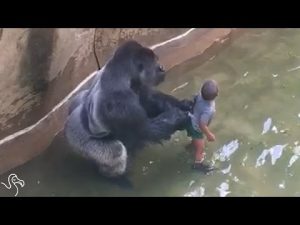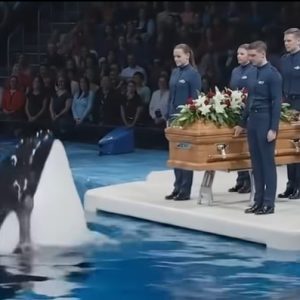The tragic death of Harambe, a 17-year-old gorilla at the Cincinnati Zoo in 2016, sparked global outrage and raised questions about zoo safety, animal behavior, and human responsibility. After a young boy fell into Harambe’s enclosure, zoo officials made the decision to shoot the gorilla to protect the child.
Experts have since weighed in. Primatologists say Harambe may have been showing protective instincts rather than aggression, though his behavior was unpredictable. Some believe the tragedy could’ve been avoided with better enclosure design or different emergency protocols, like using a tranquilizer—though that posed its own risks.
Animal behaviorists defend the zoo’s split-second decision, noting tranquilizers take time and might have worsened the situation. Conservationists see the event as a wake-up call: public education and stronger conservation efforts are crucial to prevent such incidents and reduce the need for animals to live in captivity.

Harambe’s death continues to challenge how we treat wildlife, both in zoos and in the wild, reminding us of the responsibility we share in protecting all living creatures.





